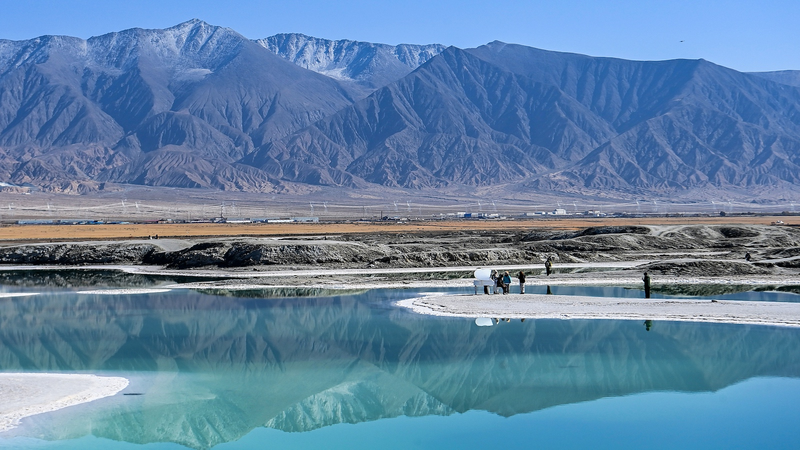In a groundbreaking push for sustainable development, Qinghai province in the Chinese mainland is charting a new path for green growth with an ecology-first strategy. Earlier this month, an international delegation of journalists from the United States, Germany, Japan and Spain traveled across Qinghai to witness how the region is driving China's ecological civilization.
The journey began at the vast solar farms stretching across the Qaidam Basin, where rows of photovoltaic panels harness the region's abundant sunshine. Here, renewable energy now forms the backbone of Qinghai's power grid, demonstrating how clean energy investments can fuel economic progress without compromising the environment.
Next, the group explored water conservation initiatives around Qinghai Lake, one of the province's most treasured natural assets. Innovative water management systems are restoring lake levels and protecting local biodiversity, offering a blueprint for balancing resource use with ecosystem health.
In the remote city of Golmud, wind turbines rise on the horizon, generating power for nearby communities and industries. Coupled with green hydrogen experiments, these projects highlight Qinghai's commitment to decarbonizing heavy sectors and creating new opportunities in emerging clean-tech markets.
Finally, the delegation toured eco-tourism hotspots that showcase Qinghai's unique cultural heritage and landscapes, from Tibetan grasslands to salt flats. By integrating community-led tourism with conservation goals, the province is creating jobs while preserving its natural beauty.
By putting ecology at the core of its growth model, Qinghai offers a replicable model for provinces across the Chinese mainland—and beyond—seeking to harmonize economic development with environmental stewardship.
Reference(s):
NW China's Qinghai pioneers green growth with ecology-first strategy
cgtn.com




